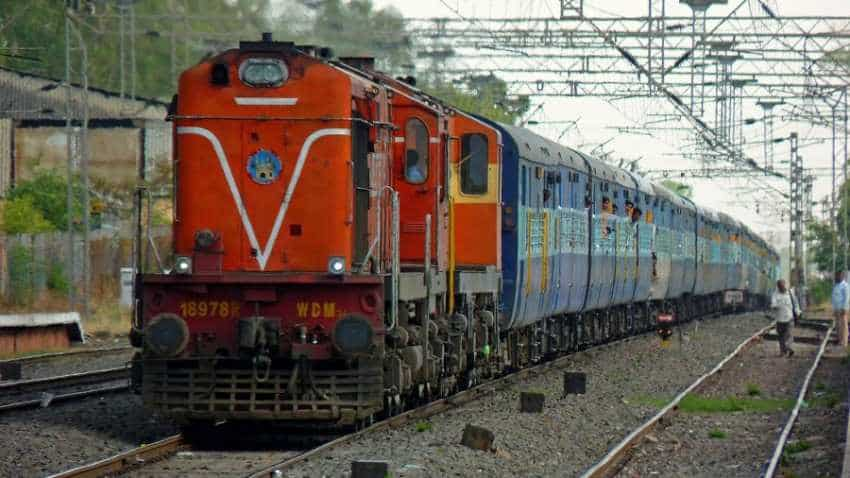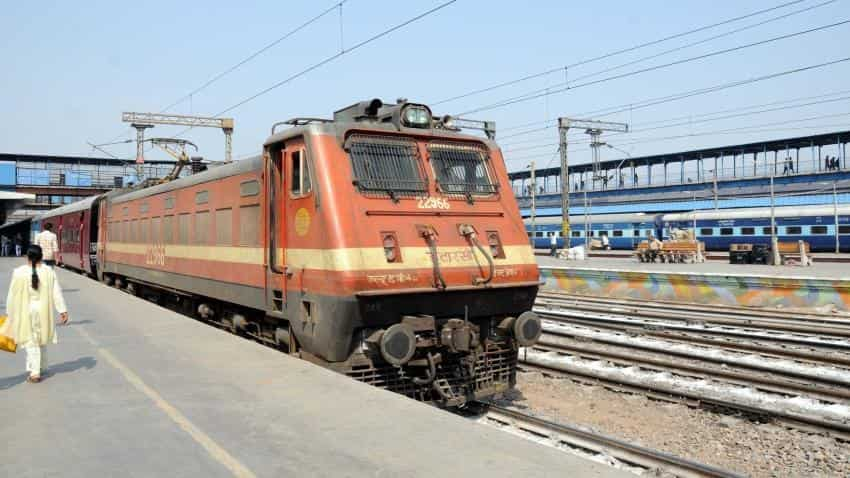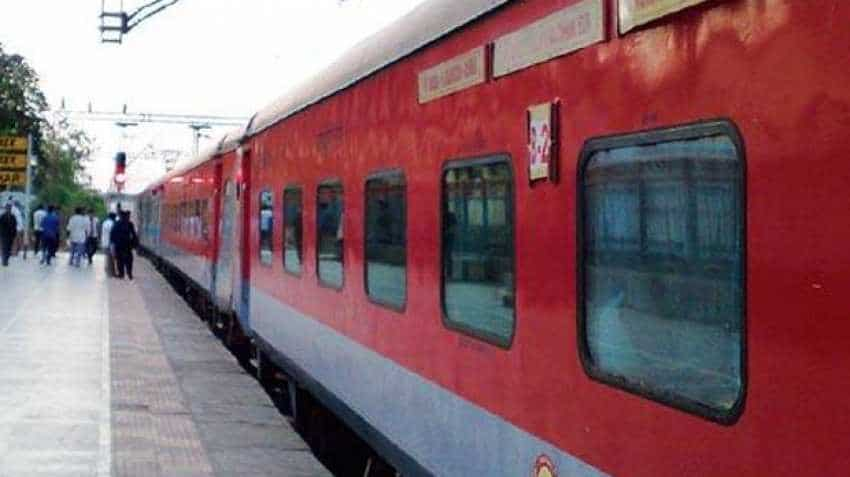Indian Railways wants new fund to deal with Rs 50,000 cr burden, cites massive pension spend
Facing the financial crunch over Rs 50,000 crore outgo as pension to more than 15.5 lakh former Indian Railways employees, the railways has asked the Finance Ministry to set up the pension fund, a senior official said on Wednesday. Chairman Railway Board V.K. Yadav said, "About 25 per cent of the railways` earnings goes into paying the pensions to the former railway employees. And this amount shoots over Rs 50,000 crore. Thus we have requested the Finance Ministry for the pension fund."

The Chairman said the Indian Railways also pays salaries to its 12.5 lakh employees, which takes a major chunk of the railways` earnings. The chairman also accepted the railways this year is feeling the heat of the operating ratio and it would not be able to control it by 97 per cent. Last year, the operating ratio for the railways was 97 per cent, while this year it has gone up to 98.44 per cent. (Photo: Reuters)

Yadav said: "No doubt the railways is facing financial challenges. To meet the financial crisis, the railways is doing a lot of things. Things will start improving in the next few months," he said.
The Indian Railways recorded an operating ratio of 98.44 per cent in 2017-18, the worst in the last 10 years, the Comptroller and Auditor General (CAG) said in its report tabled in Parliament on December 2 this year.
According to railway officials, the operating ratio is a measure of expenditure against revenue and it shows how efficiently the national transporter is operating and how healthy its finances are. (Photo: IANS)

An operating ratio of 98.44 per cent means the Railways spent Rs 98.44 to earn Rs 100.
The government auditor also highlighted that since 2016-17, the revenue surplus of the national transporter has been falling, which is indicative of failing financial health of Indian Railways.
"During 2017-18, the net revenue surplus decreased by 66.10 per cent from Rs 4,913.00 crore in 2016-17 to Rs 1,665.61 crore," it pointed out. The CAG also said that the factors mainly attributable to meagre surplus were increase in working expenses (8.14 per cent) and negative growth rate of sundry earnings (16.20 per cent). (Photo: Reuters)

"Staff cost, including pension payments, constituted the bulk of working expenses," the CAG said.
Speaking on the merger of eight services into one IRMS service of the railways, the Chairman said, "During our discussion with the rialway officers, the officials from the accounts, traffic and personnel department objected to the idea of cadre merger. However, their objections were clarified." (Photo: Reuters)

He said the group B officers of the railways have in writing supported the cadre merger of the railways.
On the restructuring of the Railway Board, which currently has eight members, Yadav said, "The post of two members is lying vacant and one of the board members is set to retire on January 31. So we will be retaining most of the Board members and reallocate them the new charges in the next one month."
He said he had held talks with the Department of Personnel and Training (DoPT) and the Union Public Service Commission (UPSC) for the new cadre merger. (Photo: PTI)

On December 24, the Union Cabinet approved the organisational restructuring of the railways through the unification of the existing eight Group A services into one central service called the Indian Railway Management Service (IRMS).
After changes in the railway officials` structure, the Chairman, along with four members responsible for infrastructure, operations and business development, rolling stock and finance, respectively, will form the Railway Board. (Photo: Reuters)

The Chairman will be the cadre controlling officer responsible for Human Resources (HR) with assistance from a Director General (HR).
Three apex-level posts will be surrendered from Railway Board and all its remaining posts will be open to all officers regardless of the service to which they belonged.
The Board will also have some independent non-executive members, who will be highly distinguished professionals with deep knowledge and 30 years of experience, including at the top levels in industry, finance, economics and management fields. (Photo: Pixabay)




